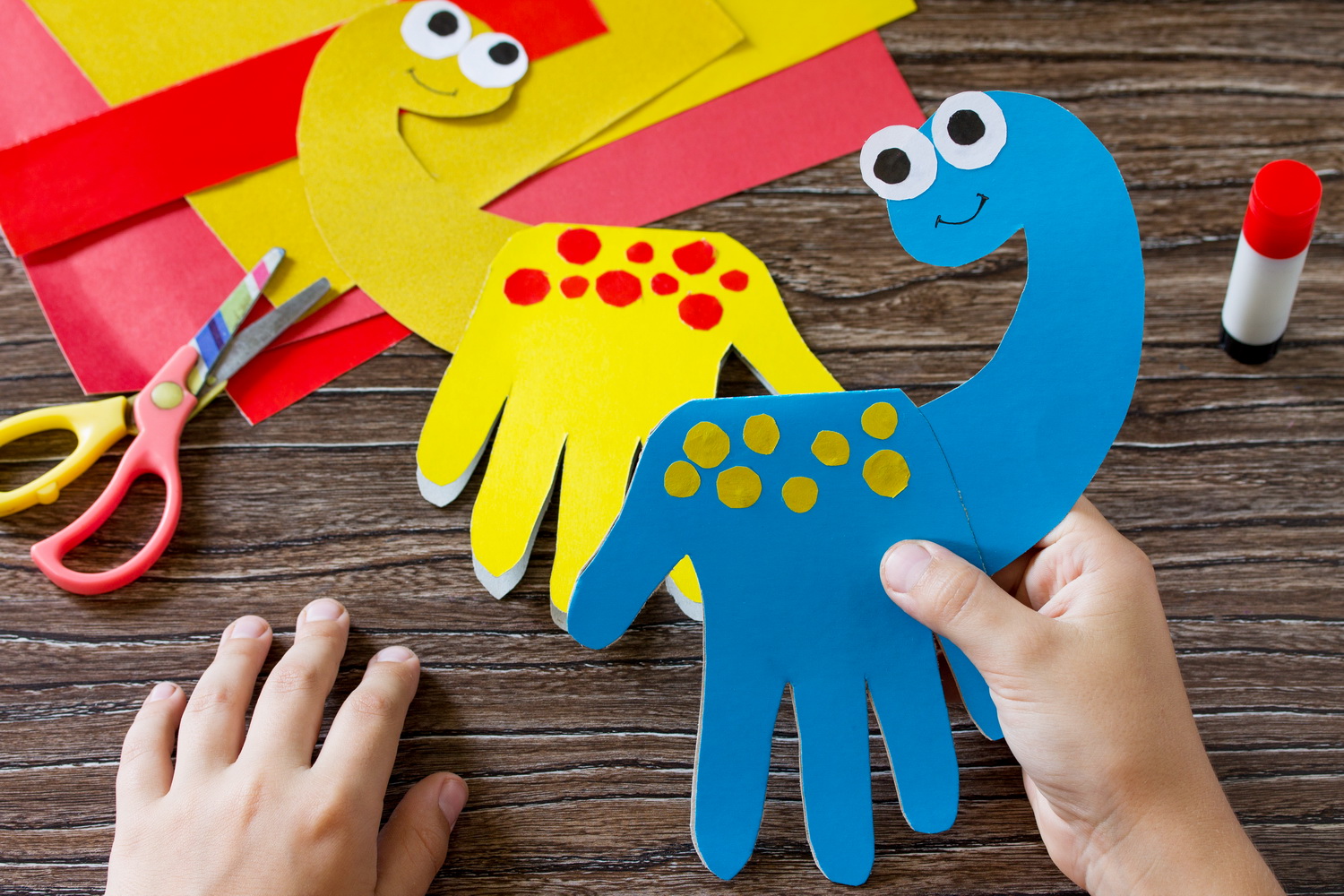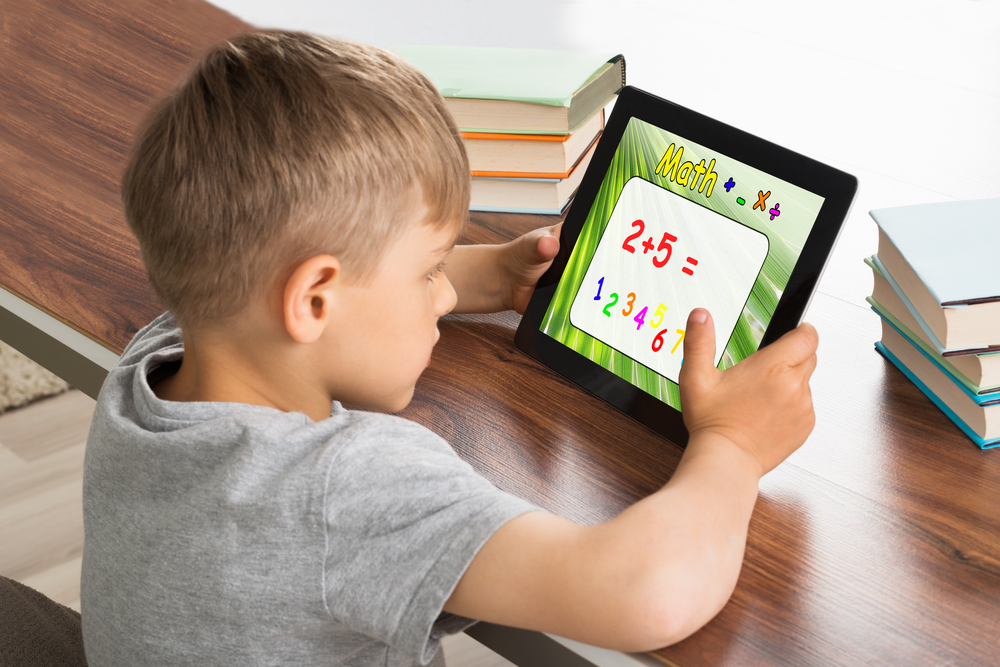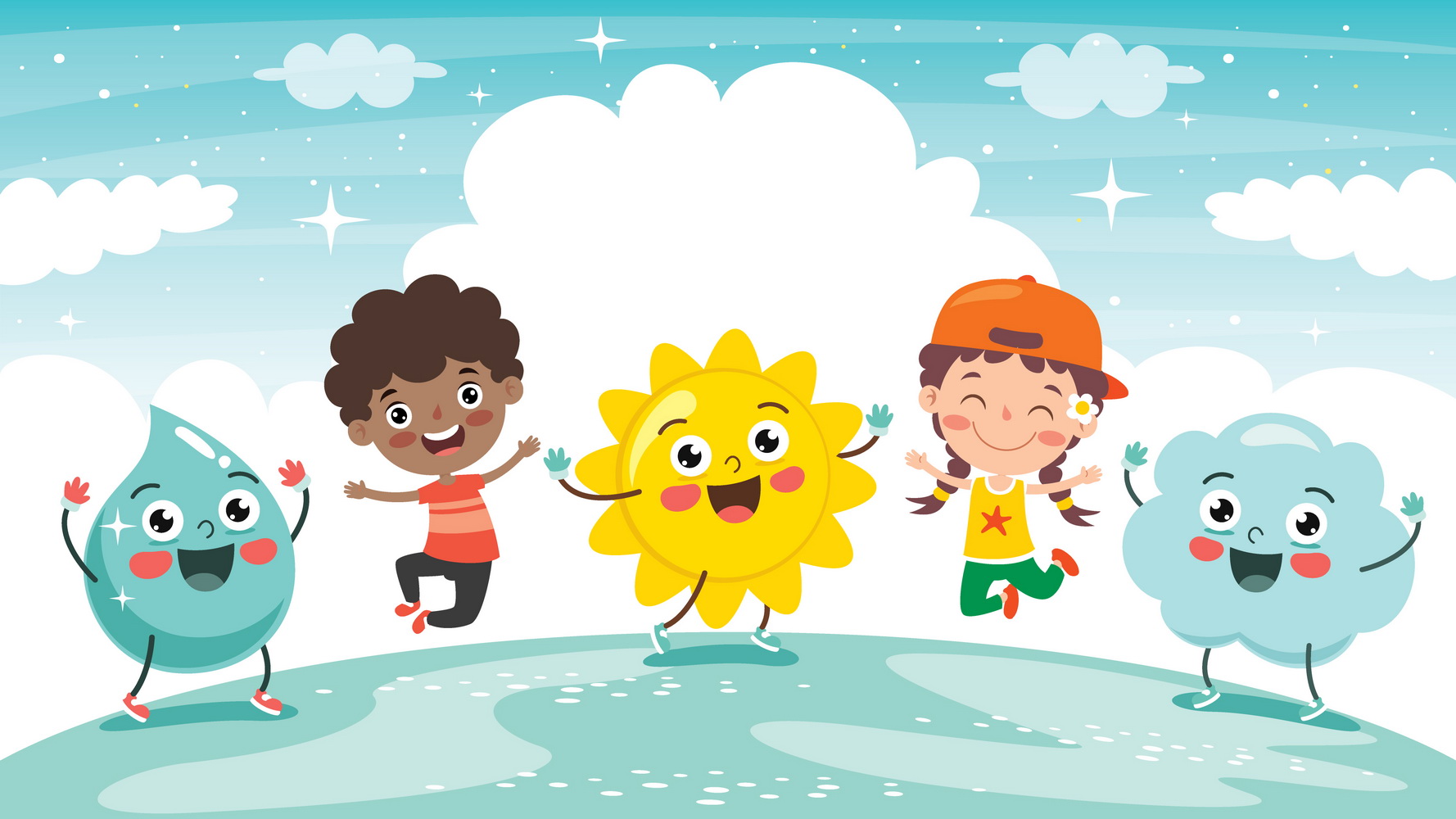Teaching Mental Math: Ideas and Activities
Nov. 9, 2018
Believe it or not, the vast majority of the math we do as adults on a daily basis consists of basic mental math. We use mental math in the grocery store while estimating the cost of items. At the gym, we calculate the number of minutes we’ve spent lifting weights or on the elliptical. Even outside of our professions, we use mental math daily for ordinary tasks.
While adults are adept at using mental math for everyday activities, kids need to build their own mental math skills from the ground up. Even more important than adult use, kids should strengthen mental math skills to bolster their budding math skills, since mental math comes in handy to make solving math equations and problems easier and quicker.
Why Learn Mental Math?
In short, when kids develop mental math skills, they:
- Gain a deeper understanding of math beyond mere memorization
- Develop logical thinking and reasoning skills
- Learn skills that will improve math skills across all grade levels
- Master skills they’ll carry over for life no matter their profession!
Obviously, mental math matters, but in order for mental math lessons to work for your child, it needs to be done consistently each day or week. If you’re looking for activities to help you learn how to teach mental math strategies to your child, let’s explore some quick and easy ways to build in mental math activities into your child’s learning routine!
Talented and Gifted Program at a whopping 60% discount this fall! Improve mental math skills and poise your child for success with exciting math games, videos, and lessons your child will love!
Mental Math Activities for Early Learners
The Classic Mental Math Game: Pig
You might even remember the game of Pig from your own childhood! With a few minor modifications, you can make a game of Pig for your child that suits kids as young as 1st graders.
Using just one die, each player will take turns rolling the die, and keeping a running tally of the sum they’ve rolled. On a player’s turn, they will roll the die and take note of the number. They may roll as many times as they want, mentally keeping tabs on the sum as they roll.
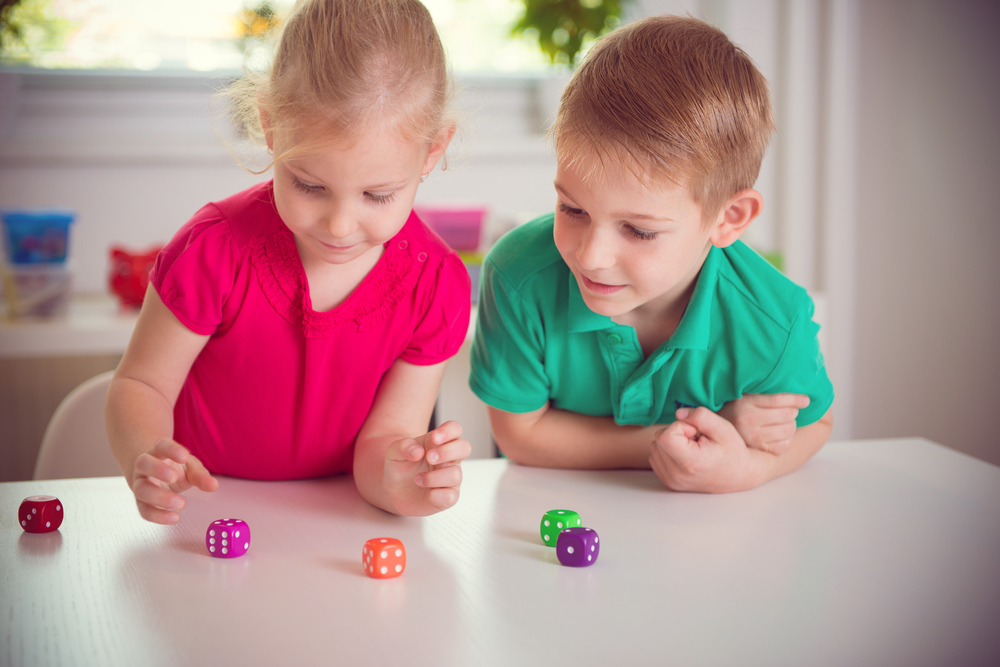
If a player rolls a 1, they lose their entire running total and the next player gets to take a turn. If a player wants to stop rolling on their turn, simply instruct him or her to write down the sum so they can add it to the sum they roll on their next turn. The child then hands the die to their opponent. The first player to reach a total sum of 25 wins! For older kids, increase this number to 50 or 100, using two dice!
Mental Math Competitions
Everything is more fun when you make it a competition! This fun and versatile game is great for the earliest of learners through 3rd grade! Because problems can be tailored specifically for your child’s age, this game is great for kids just starting to develop mental math skills, or for older kids honing their abilities.
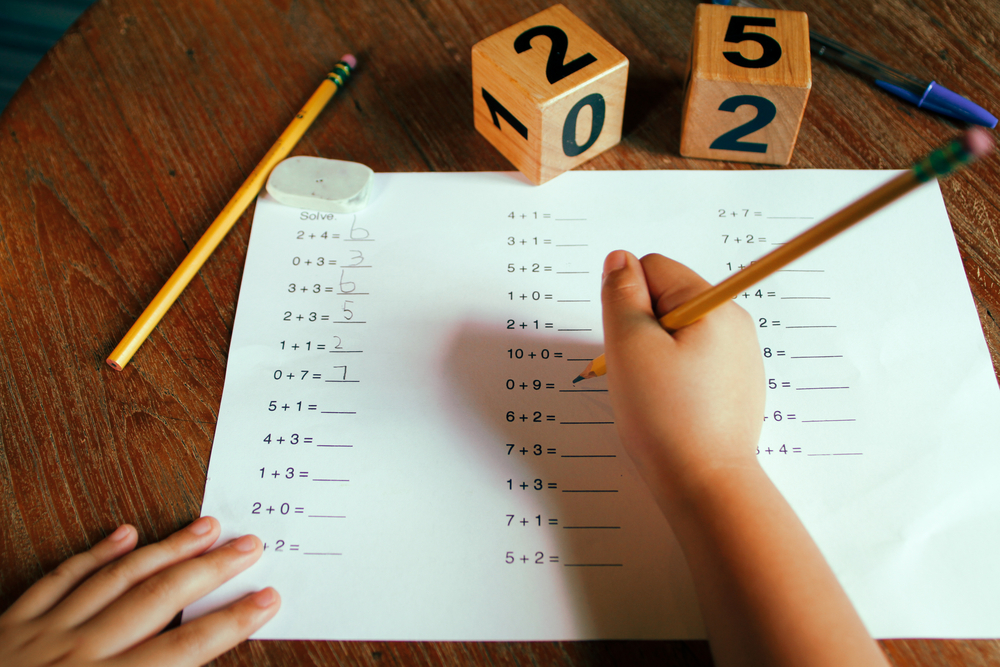
To play, make sure to have a white board with dry erase markers handy. Simply write a number of math sentences (like those focusing on add and take away) on the white board. Setting a timer to 30 seconds to a minute, allow your child to work through problems to find the answers. For each problem your child gets correct, they get 1 point. For each they get wrong you get a point. After all the rounds your child wants to play, whoever has the most points wins!
Mental Math Twister
If you’re looking to learn how to teach mental math to 2nd graders, the answer is to get moving with a game of Twister! Excellent for a small group of children, this game is great for your child’s friends, siblings, a small class, or even the whole family! Start out simply with 1-digit numbers, but for older 2nd or 3rd graders, progress to 2-digit numbers to make for a challenging game of Twister.
To start, you’ll need a prepared Twister mat for this fun-filled game. To get the most use out of your mat, simply write numbers on sticky notes and attach to each colored circle on the matt. On the mat, each color should represent the same answer. For instance, each yellow circle will represent the answer “4”, while each blue circle could represent the answer “6”. Likewise, using a smaller piece of a sticky note, mark the answer values on the corresponding color on the spinner.
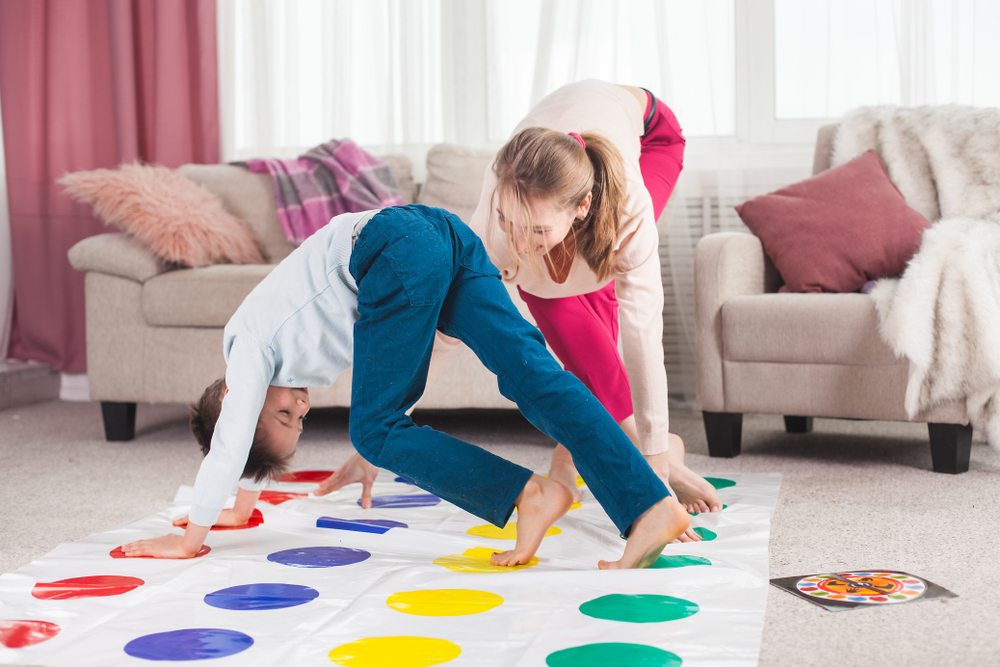
To play, instruct children to stand at one side of the mat. Spin the spinner to see what and where your child should move. Instead of calling out the color when spinning, instead create a simple math problem that equals the number they should land on. For example, if the spinner says, “right hand, blue”, say to the kids, “right hand, 3+3”. Since the answer is 6, they’ll place their right hand on the blue circle.
Since this game is can be modified to meet your child’s needs you can switch it up to challenge kids to add doubles, or doubles plus 1! With so many ways to play, your kids will be moving and twisting while flexing mental math skills!
If you’re looking for even more ways to strengthen your child’s mental math skills, math puzzles and online games are a great way to continue your child’s learning. Check out all our math resources available on the AppStore and online at kidsacademy.mobi!



